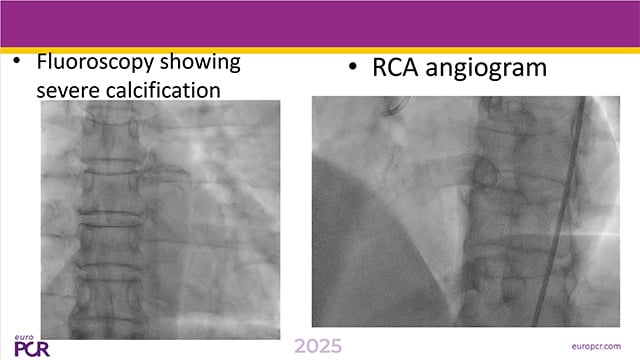952 results
Coils and plugs for coronary intervention
21 May 2025 – From EuroPCR 2025
This session highlights the use of coils and plugs in complex coronary interventions. Through unique case presentations, it covers diagnosis and management of unusual cardiac masses, recurrent fistulas, and rare causes of angina, illustrating innovative device applications in challenging coronary anatomy and post-surgical scenarios.
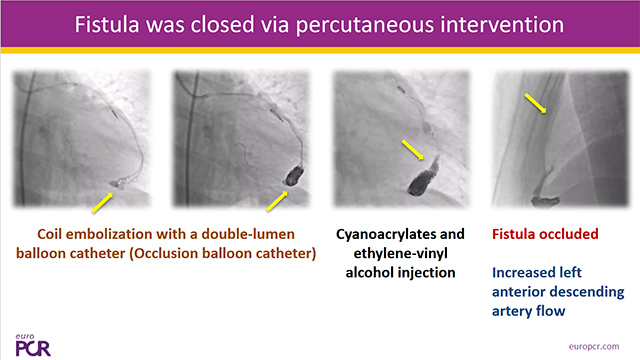
Innovative approaches to thrombus removal: redefining acute thromboembolic management in ACS
21 May 2025 – From EuroPCR 2025
Unlock cutting-edge strategies for thrombus removal in acute coronary syndrome (ACS) with this EuroPCR 2025 session. Understand the mechanisms behind microvascular obstruction and no-reflow phenomena, and why effective thrombus management is crucial. Review the latest clinical evidence, from the Cheetah study to the ongoing TACTIC randomised...
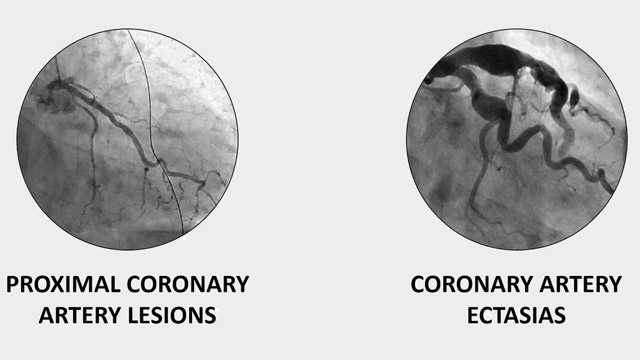
Key principles of successful large bore vascular access and closure: TAVI and beyond
21 May 2025 – From EuroPCR 2025
This session explores suture-mediated vascular closure techniques, particularly for TAVI and large-bore venous access.
Through real-world clinical case, speakers highlight the value of ultrasound and CT imaging for precise puncture planning and complication avoidance.
Detailed steps for arterial closure with ProGlide device are provided, with technical...
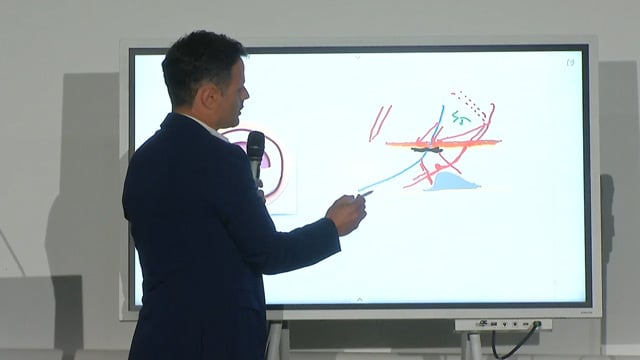
Treat calcium right the first time: new considerations for PCI planning and device selection to optimise outcomes
21 May 2025 – From EuroPCR 2025
Watch this EuroPCR 2025 session to learn how intravascular lithotripsy (IVL) is transforming the management of coronary artery calcification (CAC). Discover the new CALC roadmap, a comprehensive framework guiding device selection and treatment strategies based on calcium burden, anatomy, and patient gender. Follow a real-world clinical...
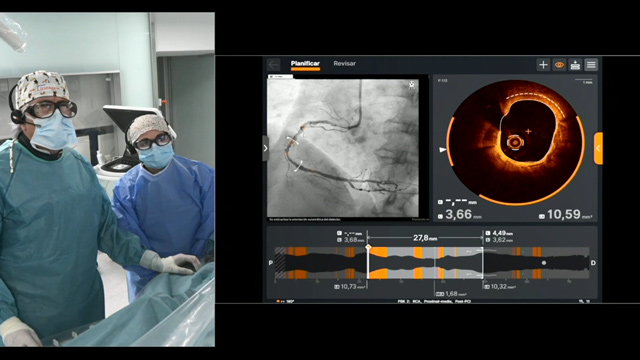
Unconventional situations and complications during cardiovascular interventions
21 May 2025 – From EuroPCR 2025
Explore this session to gain expert tips and practical strategies for managing unexpected complications during cardiovascular interventions. Learn how to anticipate and avoid complications in conventional procedures and discover different approaches to tackle challenging situations in the cathlab through detailed case discussions involving PCI, TAVI, and...
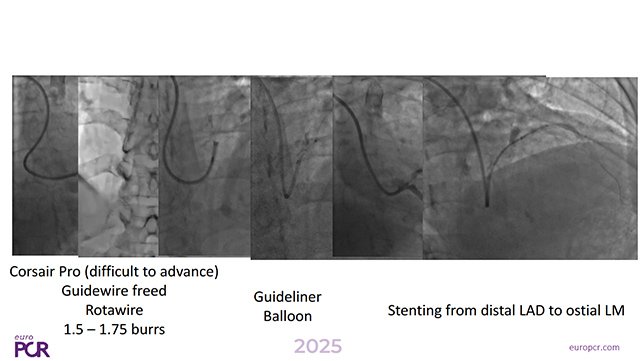
New perspectives in 3D calcium visualisation with CT and angiography for complex PCI
21 May 2025 – From EuroPCR 2025
Thanks to this EuroPCR 2025 session, discover new perspectives on 3D calcium visualisation combining advanced imaging techniques like 3DStent, IVUS, and 3D angiography to enhance complex PCI. Learn from detailed calcium mapping and plaque assessment to guide strategic decisions and see these innovations applied in practice...
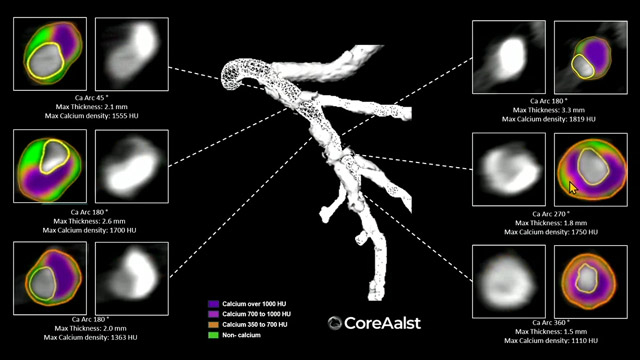
Optimal management of high bleeding risk patient with multivessel disease
21 May 2025 – From EuroPCR 2025
This session offers a comprehensive overview of the management of high bleeding risk (HBR) patients with multivessel disease. Through expert discussion and a live case demonstration featuring a complex elderly patient, it highlights how intracoronary imaging and physiology can guide procedural decisions and improve outcomes in this...
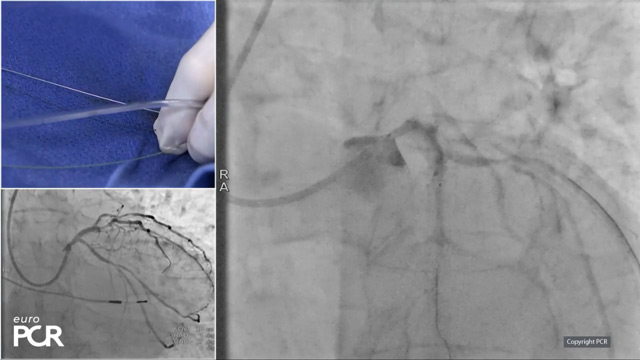
Pushing boundaries in complex PCIs: unique DES technology for complex lesions and patients
21 May 2025 – From EuroPCR 2025
Explore cutting-edge strategies in complex PCI through four detailed clinical cases: a challenging left main bifurcation, a complex procedure using Guideliner Extension Catheters (GEC), an acute coronary syndrome intervention, and treatment of a patient with high bleeding and ischemic risks. This session demonstrates how thorough patient...
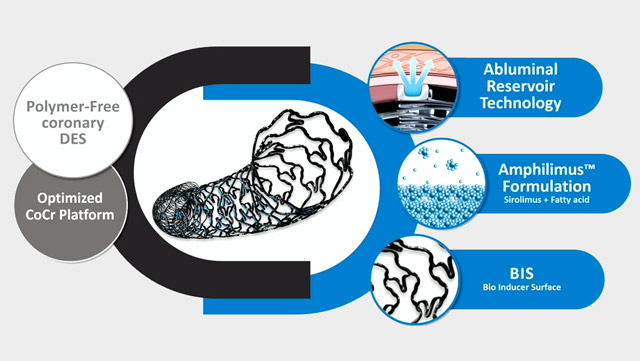
Redefining complex PCI: impact of real-world data and novel evidence on IV antithrombotic strategies
21 May 2025 – From EuroPCR 2025
Explore how real-world data and evolving evidence are reshaping IV antithrombotic strategies in complex PCI. This EuroPCR 2025 session brings together urgent clinical cases—including STEMI patients in shock—and highlights key insights from the SMILE registry. Learn how transition protocols from cangrelor to oral P2Y12 inhibitors are...
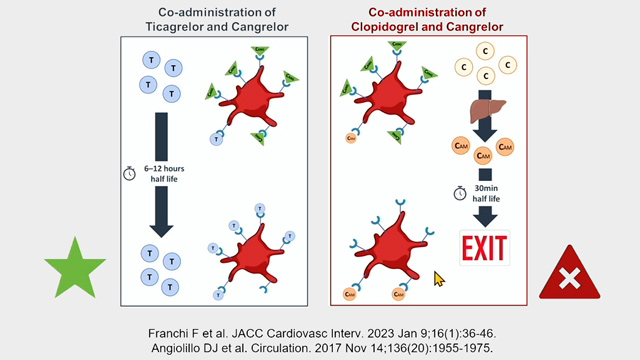
My worst PCI complication: how did I treat and could I have prevented it?
21 May 2025 – From EuroPCR 2025
Learn practical strategies to manage life-threatening PCI complications through real case studies. This session highlights techniques and devices employed to overcome complications, preventive measures, and safe outcome optimization during complex interventions.
